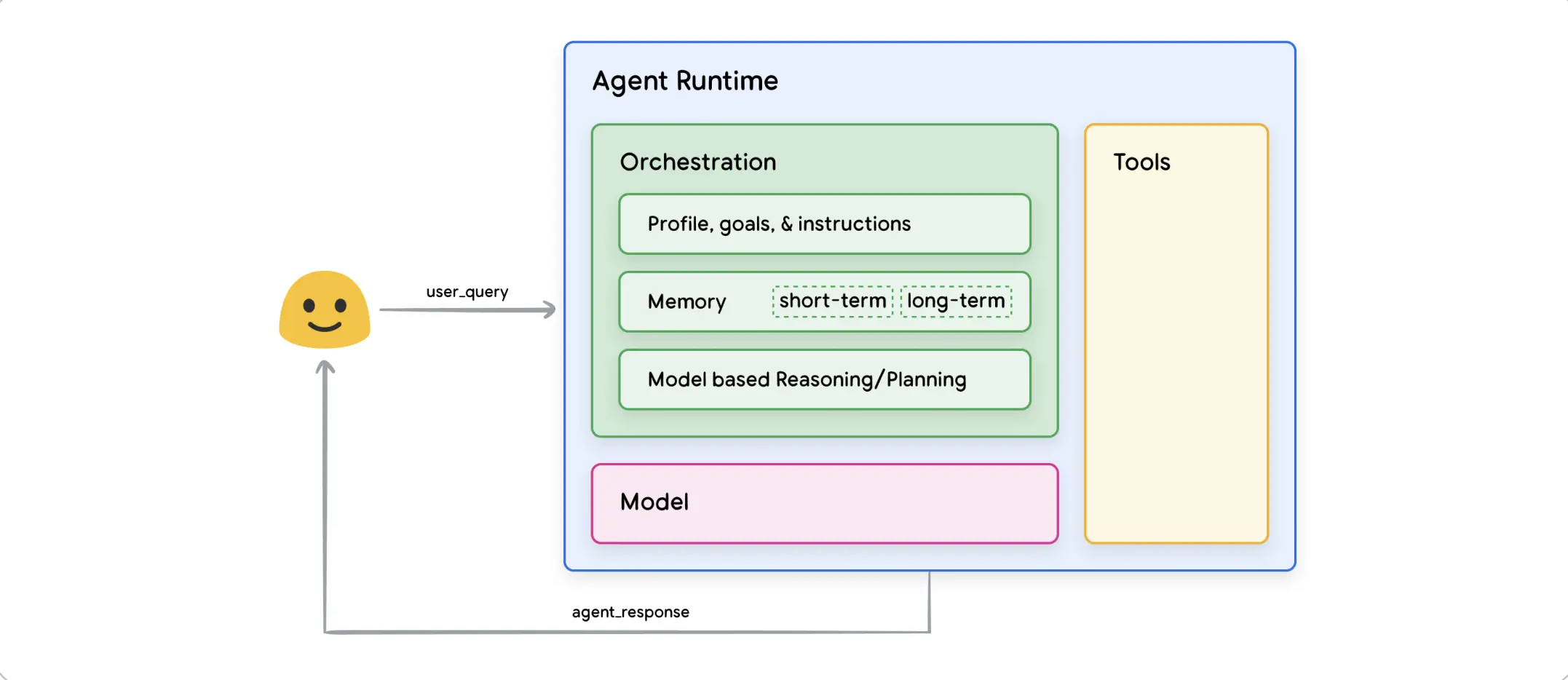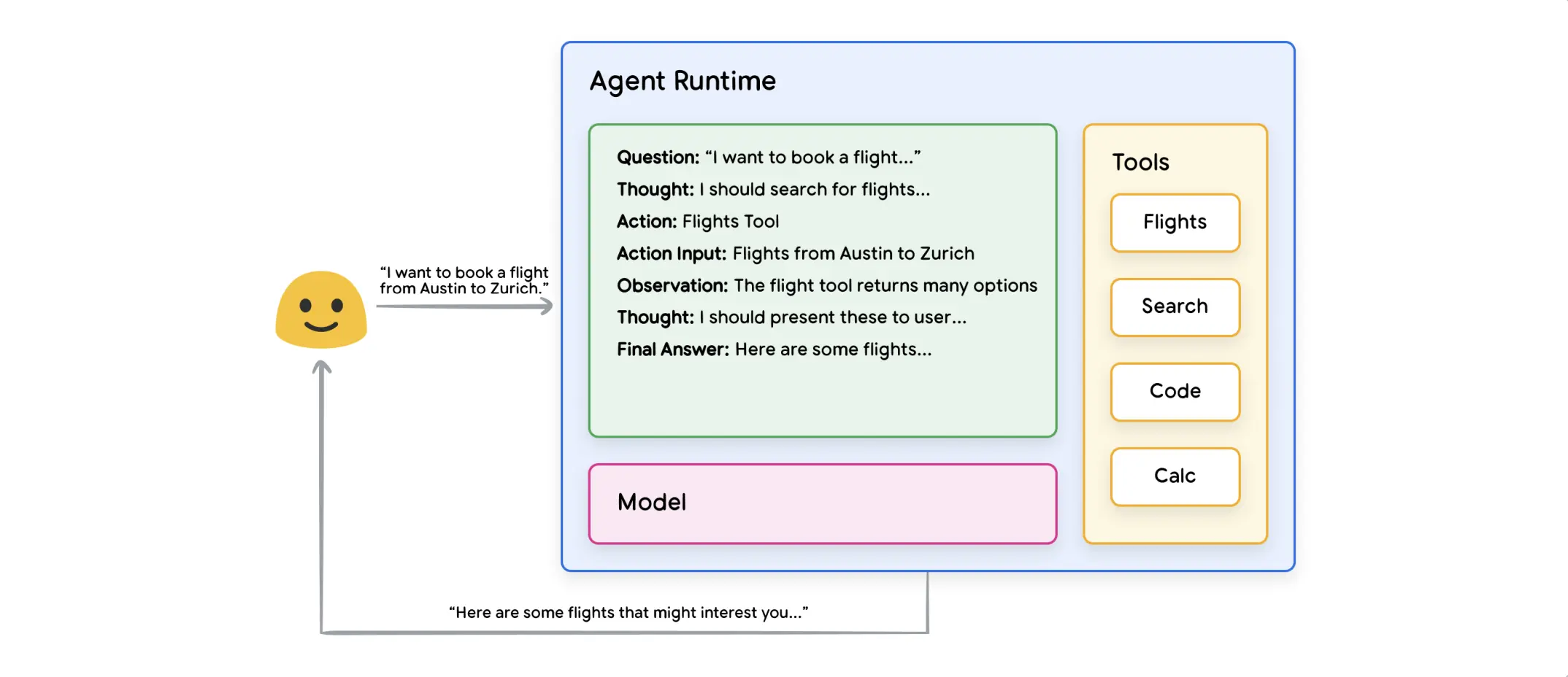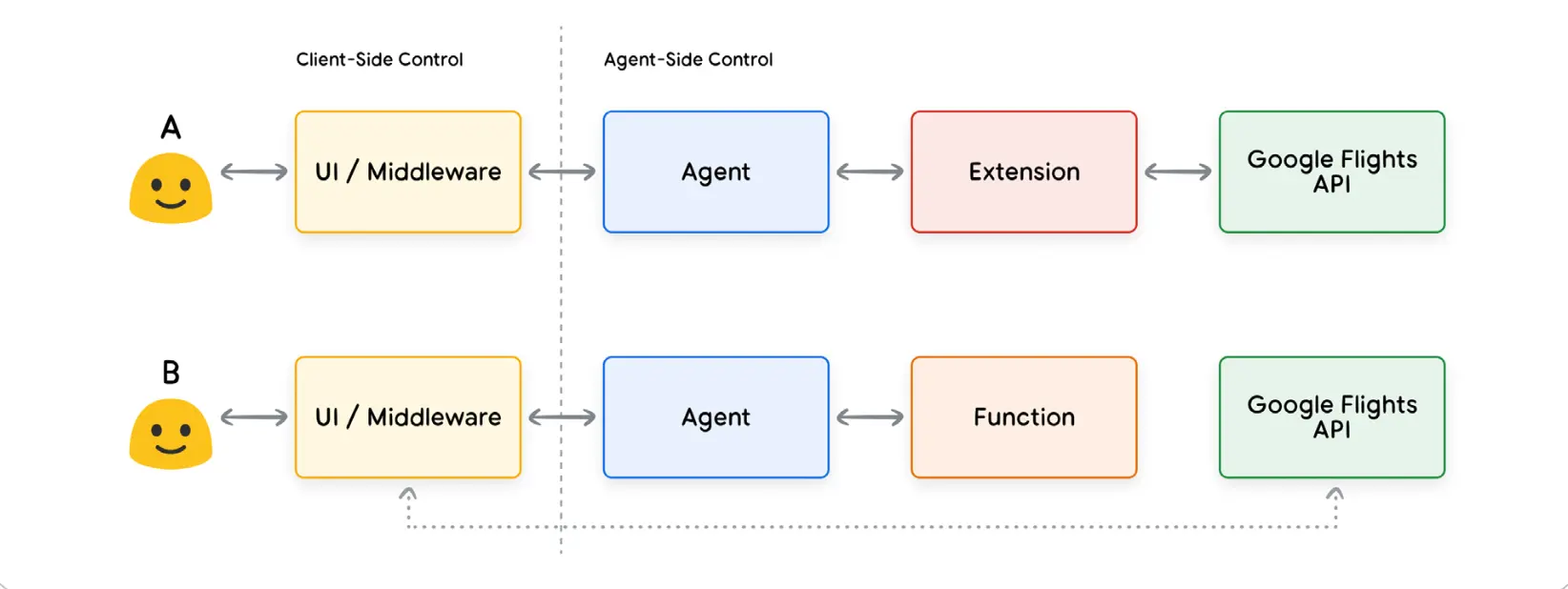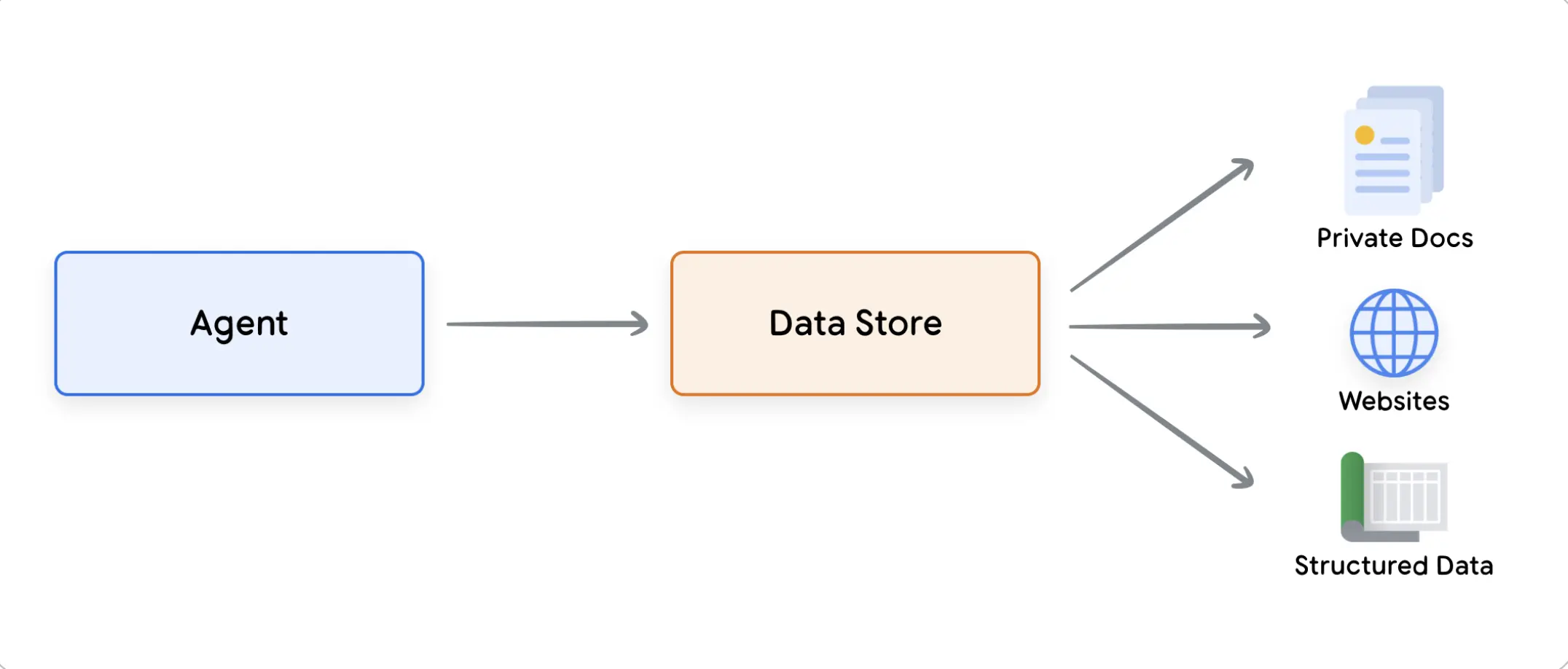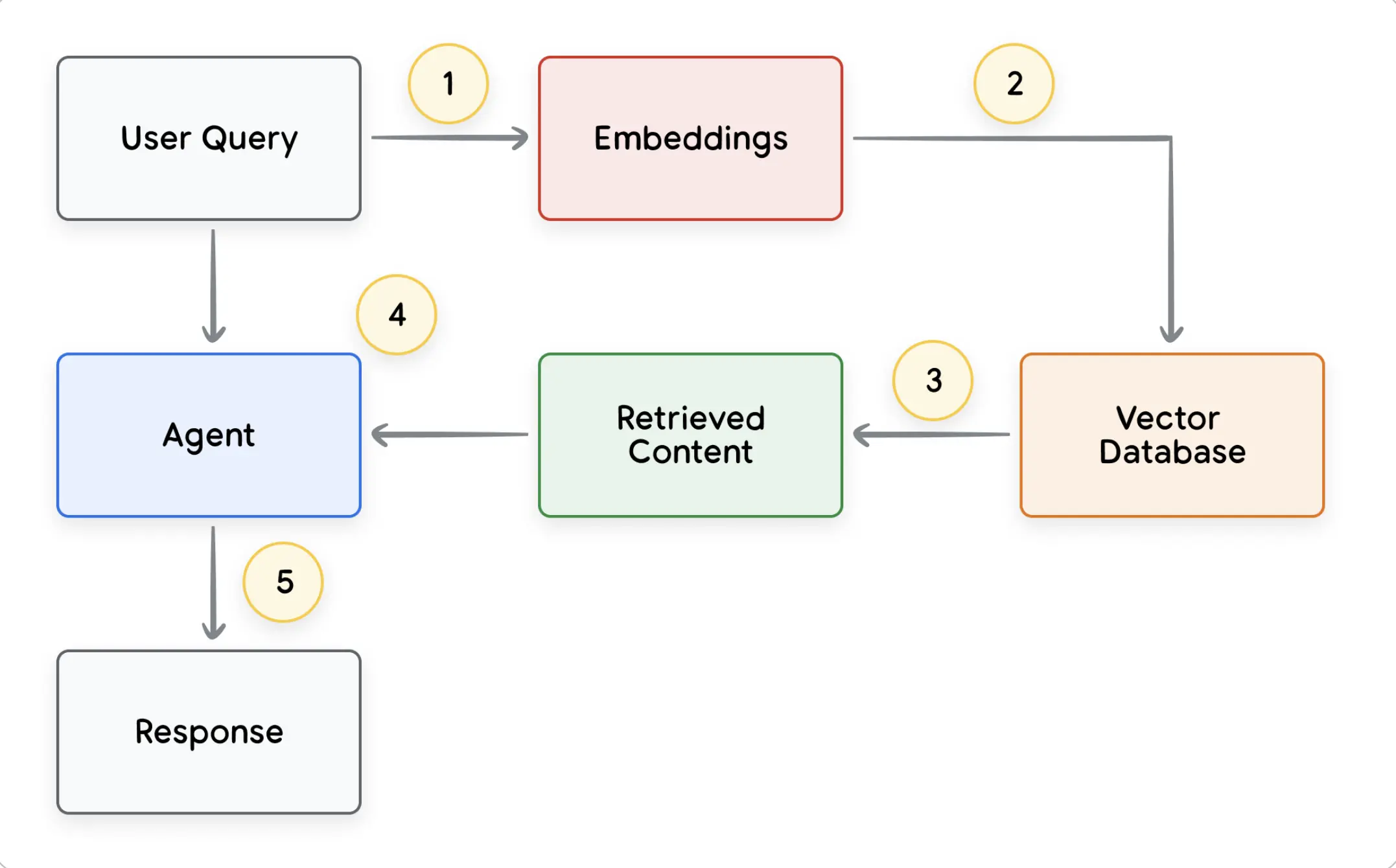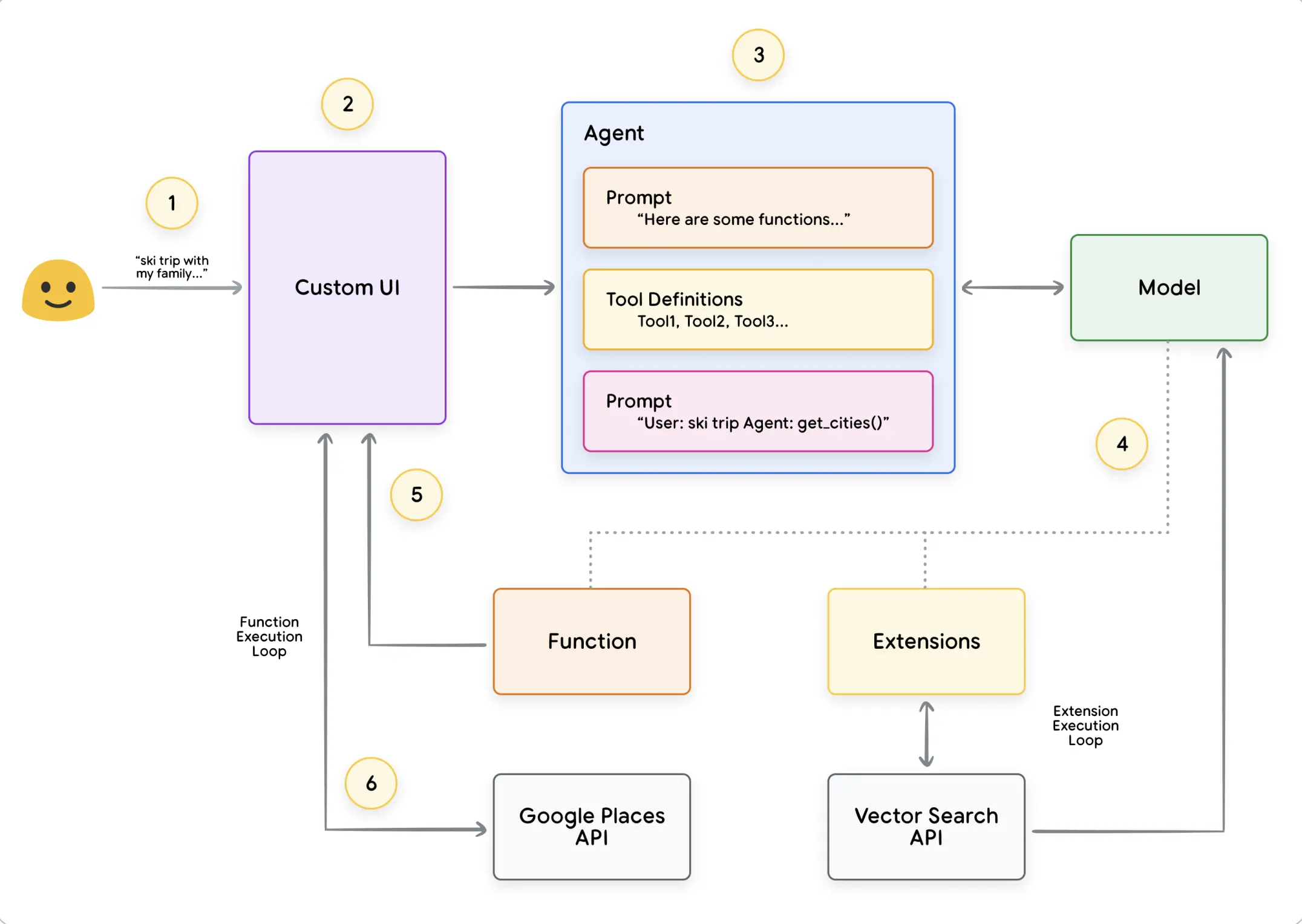The Emerging Playbook for High‑Demand AI Agents
Generative AI is moving from novelty chatbots to purpose‑built agents that slot directly into real workflows. After watching dozens of deployments across healthcare, customer success, and data teams, seven archetypes consistently surface. The comparison table below captures what they do, the tech stacks that power them, and the security guardrails that buyers now expect.
🔧 Comparison Table of High‑Demand AI Agent Types
| Type | Typical Use Cases | Key Technologies | Environment | Context | Tools | Security | Representative Projects |
|---|---|---|---|---|---|---|---|
| 🏥 Medical Agent | Diagnosis, medication advice | Medical knowledge graphs, RLHF | Web / App / API | Multi‑turn consultations, medical records | Medical guidelines, drug APIs | HIPAA, data anonymization | HealthGPT, K Health |
| 🛎 Customer Support Agent | FAQ, returns, logistics | RAG, dialogue management | Web widget / CRM plugin | User query history, conversation state | FAQ DB, ticketing system | Audit logs, sensitive‑term filtering | Intercom, LangChain |
| 🏢 Internal Enterprise Assistant | Document search, HR Q&A | Permission‑aware retrieval, embeddings | Slack / Teams / Intranet | Login identity, RBAC | Google Drive, Notion, Confluence | SSO, permission isolation | Glean, GPT + Notion |
| ⚖️ Legal Agent | Contract review, regulation interpretation | Clause annotation, QA retrieval | Web / Doc plugin | Current contract, comparison history | Legal database, OCR tools | Contract anonymization, audit logs | Harvey, Klarity |
| 📚 Education Agent | Problem explanations, tutoring | Curriculum corpus, assessment systems | App / Edu platforms | Student profile, current concepts | Quiz tools, homework generator | Child‑data compliance, bias filters | Khanmigo, Zhipu |
| 📊 Data Analysis Agent | Conversational BI, auto‑reports | Tool calling, SQL generation | BI console / internal platform | User permissions, schema | SQL engine, chart modules | Data ACLs, field masking | Seek AI, Recast |
| 🧑🍳 Emotional & Life Agent | Emotional support, planning help | Persona dialogue, long‑term memory | Mobile, web, chat apps | User profile, daily chat | Calendar, Maps, Music APIs | Sensitivity filters, abuse reporting | Replika, MindPal |
Why these seven?
- Clear ROI – Each agent replaces a measurable cost center: physician triage time, tier‑one support handling, contract paralegals, BI analysts, etc.
- Rich private data – They thrive where context lives behind a login (EHRs, CRMs, intranets). That same data raises the bar on privacy engineering.
- Regulated domains – Healthcare, finance, and education force vendors to treat compliance as a first‑class feature, creating defensible moats.
Common architectural threads
-
Context window management → Embed short‑term “working memory” (the current task) and long‑term profile info (role, permissions, history) so responses stay relevant without hallucinating.
-
Tool orchestration → LLMs excel at intent detection; specialized APIs do the heavy lifting. Winning products wrap both in a clean workflow: think “language in, SQL out.”
-
Trust & safety layers → Production agents ship with policy engines: PHI redaction, profanity filters, explain‑ability logs, rate caps. These features decide enterprise deals.
Design patterns that separate leaders from prototypes
-
Narrow surface, deep integration – Focus on one high‑value task (e.g., renewal quotes) but integrate into the system of record so adoption feels native.
-
User‑visible guardrails – Show source citations or diff views for contract markup. Transparency turns legal and medical skeptics into champions.
-
Continuous fine‑tuning – Capture feedback loops (thumbs up/down, corrected SQL) to harden models against domain‑specific edge cases.
Go‑to‑market implications
-
Vertical beats horizontal Selling a “one‑size‑fits‑all PDF assistant” struggles. A “radiology note summarizer that plugs into Epic” closes faster and commands higher ACV.
-
Integration is the moat Partnerships with EMR, CRM, or BI vendors lock competitors out more effectively than model size alone.
-
Compliance as marketing Certifications (HIPAA, SOC 2, GDPR) aren’t just checkboxes—they become ad copy and objection busters for risk‑averse buyers.
The road ahead
We’re early in the agent cycle. The next wave will blur categories—imagine a single workspace bot that reviews a contract, drafts the renewal quote, and opens the support case if terms change. Until then, teams that master context handling, tool orchestration, and iron‑clad security will capture the lion’s share of budget growth.
Now is the moment to pick your vertical, embed where the data lives, and ship guardrails as features—not afterthoughts.
